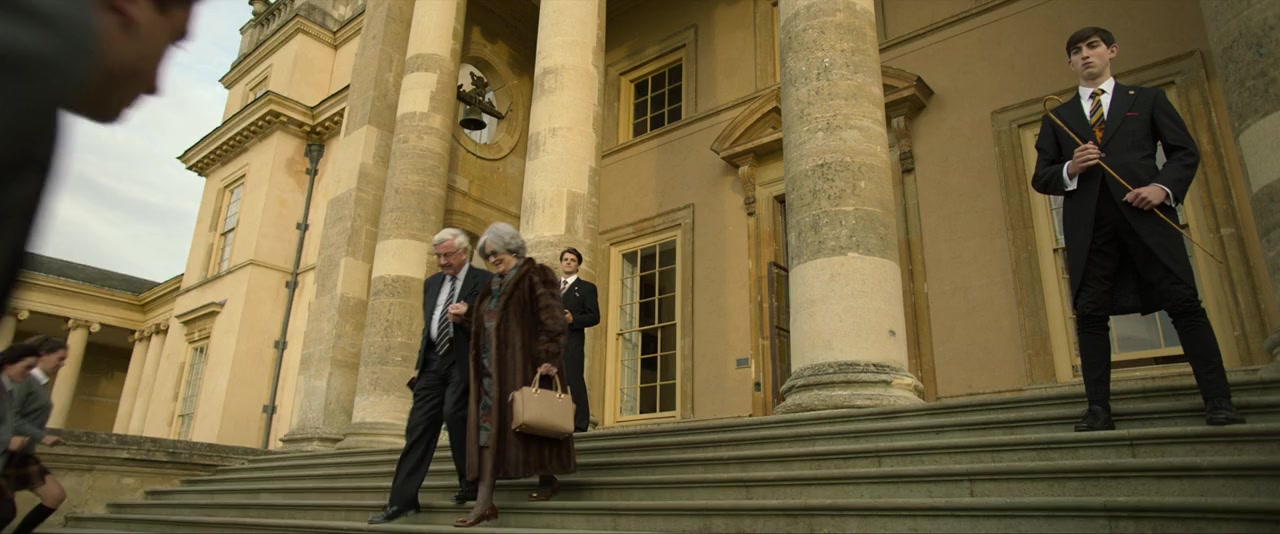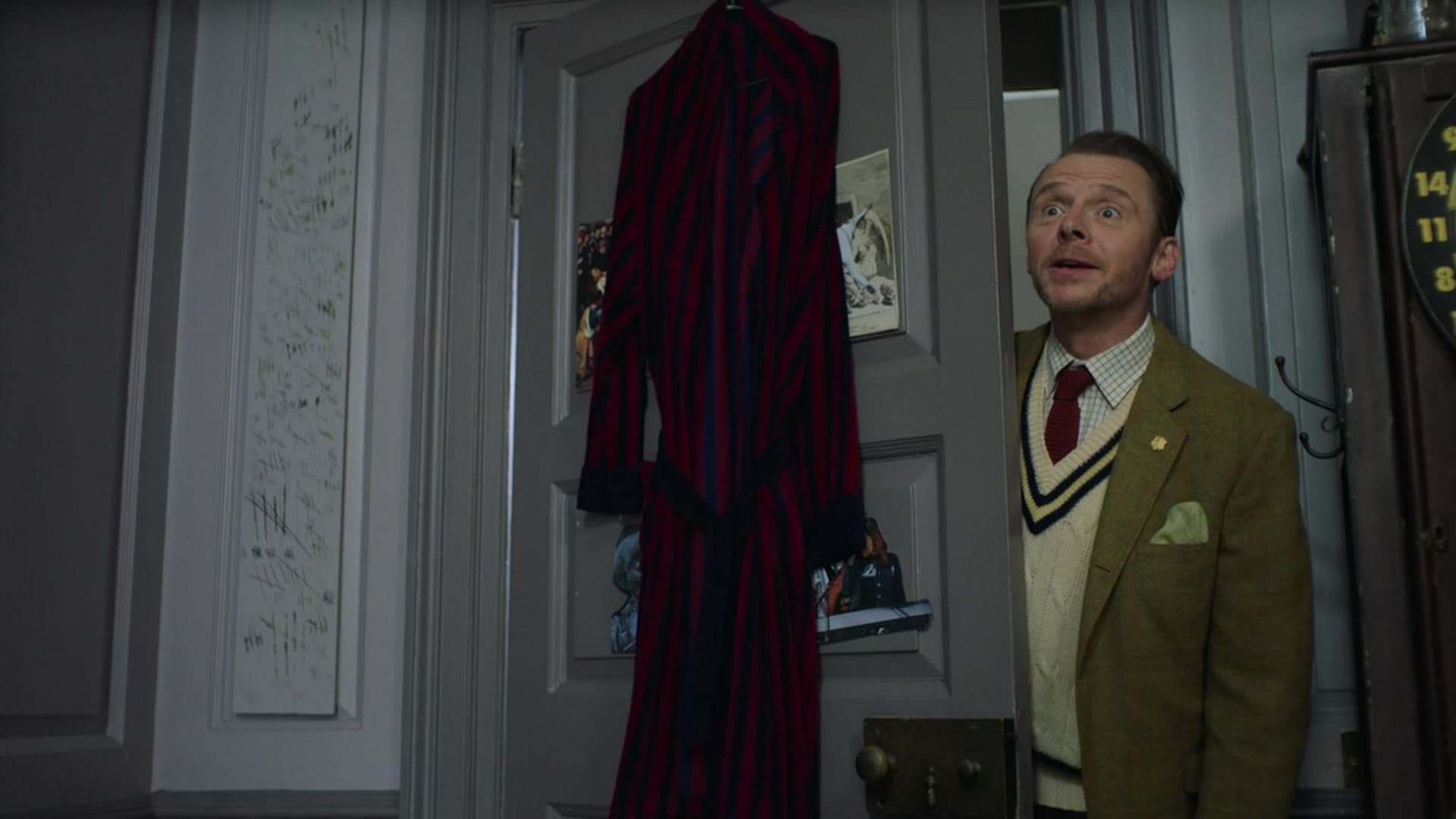Hey there, movie buffs! If you're into flicks, you've probably heard about the concept of "movie rulez." But what exactly are these rules, and why do they matter? Well, buckle up because we're diving deep into the world of cinema and uncovering the top 5 movie rules that every film enthusiast should know. Whether you're a casual watcher or a die-hard cinephile, these rules will change how you perceive movies forever.
Now, before we get into the nitty-gritty, let's talk about why these rules are so important. Movies aren't just entertainment; they're an art form that tells stories, evokes emotions, and shapes culture. Understanding the "rules" behind what makes a great film can enhance your viewing experience and help you appreciate the craft even more. So, whether you're watching a blockbuster or an indie gem, these principles will give you a fresh perspective.
And trust me, this isn't just about boring technical stuff. These rules are about the magic of storytelling, the power of visuals, and the emotional connection we have with characters. Ready to dive in? Let's go!
Read also:Samantha Lewes The Rising Star Whorsquos Making Waves In The Entertainment World
What Are Movie Rulez Anyway?
Let's start with the basics. When we talk about "movie rulez," we're referring to the unwritten guidelines that filmmakers use to craft compelling stories. These rules aren't set in stone, but they've been proven time and again to work. Think of them as the secret ingredients that make a movie memorable. From character development to plot structure, these rules help filmmakers create films that resonate with audiences.
And here's the thing: these rules aren't just for filmmakers. As viewers, understanding these principles can help us appreciate movies on a deeper level. It's like knowing the chords behind your favorite song—it makes the experience richer. So, whether you're watching a comedy, drama, or sci-fi flick, these rules will help you see the movie in a whole new light.
Rule #1: Show, Don't Tell
This is one of the golden rules of filmmaking, and for good reason. Instead of relying on dialogue to explain everything, great movies use visuals and actions to tell the story. Think about it: a character's expression or a well-placed prop can say more than a thousand words. This rule is all about letting the audience piece things together themselves, which makes the experience more engaging.
Take, for example, the movie "Inception." Instead of explaining the concept of dreams within dreams, the film uses visuals and actions to guide the audience through the story. It's a masterclass in storytelling that keeps viewers hooked from start to finish.
Why Is This Rule Important?
- It creates a more immersive experience for the audience.
- It allows viewers to interpret the story in their own way.
- It adds depth to the narrative, making the film more memorable.
Rule #2: The Three-Act Structure
Almost every great movie follows the three-act structure: setup, confrontation, and resolution. This tried-and-true formula works because it gives the story a clear beginning, middle, and end. Think of it like a roadmap that guides both the filmmakers and the audience through the narrative.
In the setup, we're introduced to the characters and the world they inhabit. The confrontation presents the main conflict or challenge, and the resolution ties everything up neatly (or not so neatly, depending on the film). This structure helps keep the story focused and engaging, ensuring that the audience stays invested from start to finish.
Read also:Hdhub4u Bollywood Hindi Your Ultimate Destination For Latest Hindi Movies
Examples of the Three-Act Structure
- "Star Wars": The setup introduces Luke Skywalker and his dream of adventure. The confrontation sees him facing the Empire, and the resolution brings victory and hope.
- "The Dark Knight": The setup establishes Batman's struggle against crime. The confrontation brings him face-to-face with the Joker, and the resolution leaves him with a moral dilemma.
Rule #3: Character Arcs
A strong character arc is what makes a movie truly unforgettable. It's the journey that a character goes through, from who they are at the start of the film to who they become by the end. This transformation can be emotional, psychological, or even physical, but it's what keeps viewers invested in the story.
Think about "The Lion King." Simba starts off as a naive cub, loses his father, and eventually becomes the king he was always meant to be. That arc is what makes the movie so powerful and relatable.
Why Character Arcs Matter
- They make characters more relatable and human.
- They provide emotional depth to the story.
- They keep viewers engaged and invested in the outcome.
Rule #4: Conflict Is King
No conflict, no movie. Conflict is what drives the story forward and keeps audiences on the edge of their seats. It can come in many forms: man vs. man, man vs. nature, man vs. society, or even man vs. self. The key is to make the conflict compelling and believable, so the audience cares about the outcome.
Take "Jaws," for example. The conflict between Chief Brody and the shark is what makes the movie so thrilling. Without that tension, the story would fall flat.
Types of Conflict
- External Conflict: This is when a character faces challenges from the outside world, like battling a villain or surviving a natural disaster.
- Internal Conflict: This is when a character struggles with their own emotions, beliefs, or desires.
Rule #5: The Power of Music
Music is one of the most powerful tools in a filmmaker's arsenal. It can evoke emotions, set the tone, and even tell parts of the story that words can't. Think about "Jaws" again—the iconic theme music alone is enough to make you feel the tension, even without seeing the shark.
Or consider "Guardians of the Galaxy," where the soundtrack plays a crucial role in shaping the mood and personality of the characters. The music isn't just background noise; it's an integral part of the storytelling.
How Music Enhances Movies
- It sets the emotional tone of a scene.
- It creates a deeper connection between the audience and the characters.
- It can even become a defining element of the film's identity.
Other Important Movie Rulez
Rule #6: Subtext Over Text
Subtext is the hidden meaning behind what characters say and do. It's the unsaid words that add depth to the story. Great movies use subtext to create layers of meaning that audiences can uncover with repeated viewings.
Rule #7: Visual Storytelling
In addition to dialogue, movies use visuals to tell their stories. From the color palette to the camera angles, every visual element contributes to the overall narrative. This is why cinematography is such an important part of filmmaking.
Rule #8: Pacing
Pacing refers to how fast or slow a movie unfolds. A well-paced film keeps the audience engaged without rushing or dragging the story. It's all about finding the right rhythm for the narrative.
Conclusion: Why These Movie Rulez Matter
So there you have it—the top 5 movie rules that every film enthusiast should know. From "show, don't tell" to the power of music, these principles are what make movies magical. Understanding these rules can help you appreciate films on a deeper level and even inspire you to create your own stories.
Now it's your turn! Whether you're a filmmaker or a viewer, these rules can enhance your experience with movies. So, next time you watch a film, pay attention to how these rules are applied. And don't forget to share your thoughts in the comments below. What are your favorite movie rules? Let's start a conversation!
Table of Contents


